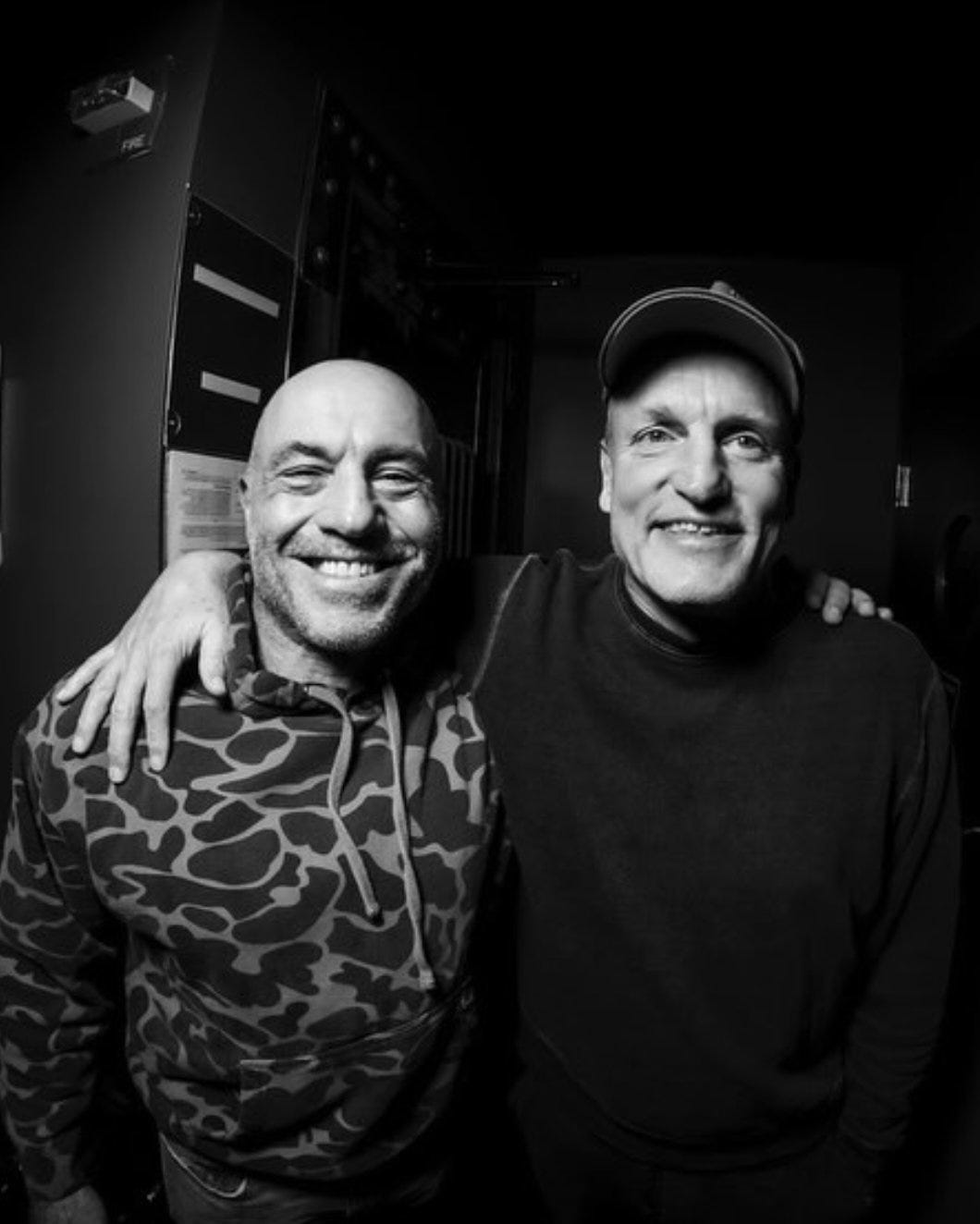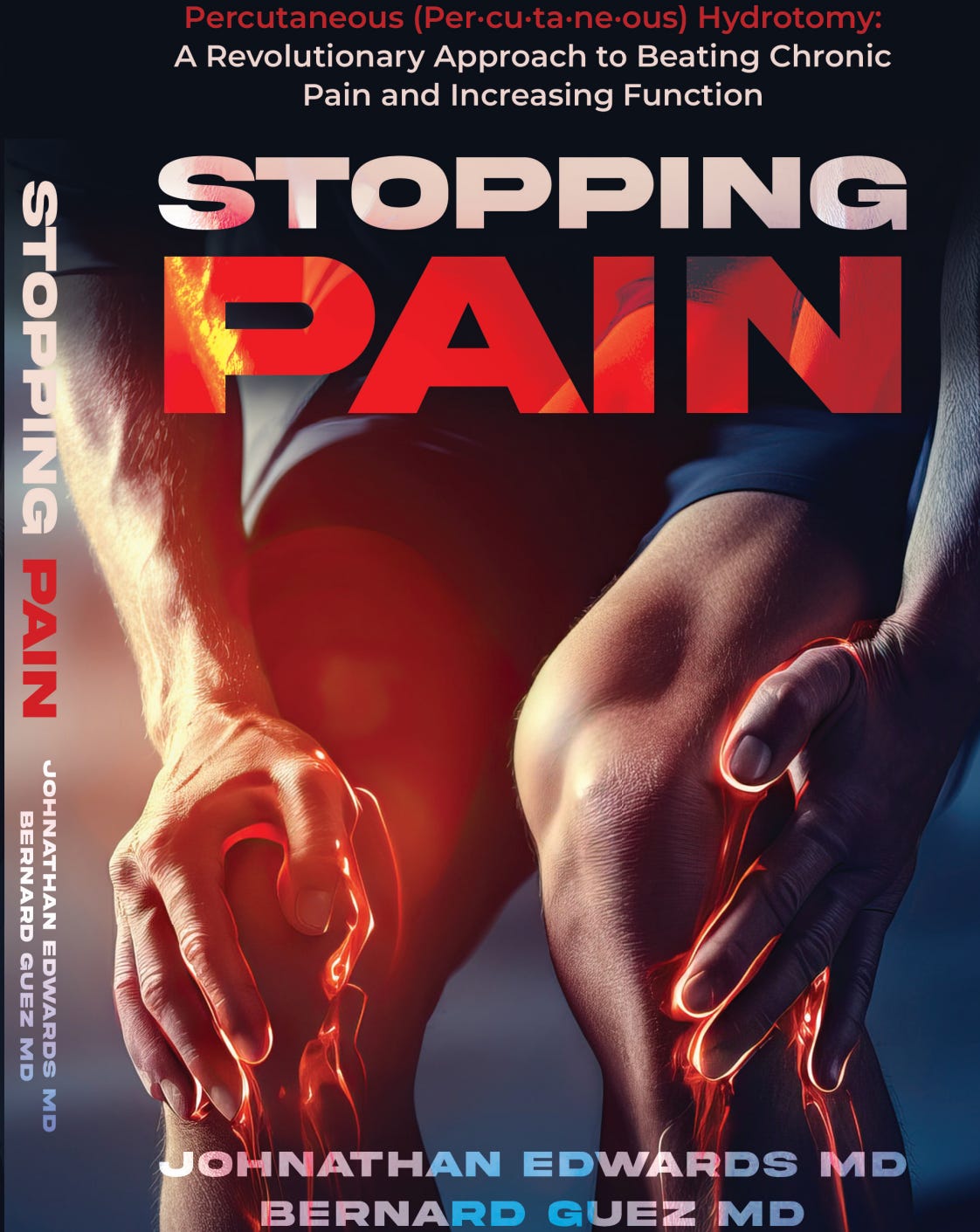The Importance of the Biological Terrain, The Germ Theory, and the Internal Milieu
Recently, on the Joe Rogan Experience, Joe Rogan and Woody Harrelson spoke about the internal milieu. It was the first time I’d heard a mainstream discussion about the internal milieu, the germ theory, and the terrain theory. I was taken aback when Harrelson began discussing the French Chemists Pasteur and Antoine Béchamp. It was great to hear someone talking about the very thing that affects all of us: pathogens and how we heal. When a pathogen infects us, do we live with it, does our body take care of it? Or do we need an antibiotic to kill the pathogen? Here's the podcast excerpt:
Rogan: Do you know the Rockefeller thing?
[02:11:21]
Harrelson: Well, yeah, that came after this, but, yeah, the Rockefeller pushed that whole narrative, but it was before that in the 18. Was it 1887 or something? 89, where Louis Pasteur stood before the French Academy of Science and said, I've realized the origin of all disease, and it's the germ theory. And he took credit for the germ theory, which, of course, had been around for centuries at that point. But there was another guy named Antoine Béchamp, who was actually a real genius, whereas Pasteur was a charlatan and basically stole all these good ideas that he never had from Antoine Béchamp, including how fermentation works, how they had diseases in the grapes at the time. So how to deal with that disease, and also having to do with, you know, where they make the silk, like silkworms and stuff, that also was another thing that Béchamp figured out. And then, you know, Pasteur, who was on the same committee, ends up reading these papers and basically kind of putting his own spin on it and getting credit for, you know, the fermentation, soap form, the wine thing. You know, like each thing, he becomes more and more famous.
[02:13:03]
And until he's able to sit down in front of Napoleon, and in 1863, Napoleon III, he said, I will eliminate all disease. I will eradicate all human disease. He was an arrogant guy, and he was a complete fraud. Isn't that a bummer? And Pasteur believed the germ theory, Obviously. That's the theory that he pushed. Right? And then Béchamp believed in the terrain theory. Now, that's what I believe, the terrain theory, the germ theory, obviously, a pathogen, a germ, a virus, whatever lands in your cornflakes or on your eyeball or whatever gets inside you, and then in this blank, pristine, blank slate environment, it causes damage, maybe sickness and eventually death. To me, I don't believe this theory (the germ) as much as I do the terrain theory, which is that your health is dependent upon your internal biological terrain and your internal filthiness or cleanliness. And so that's what I believe is where people's immune system gets messed up from what they're consuming. And in a nutshell, that's why I believe in Béchamp’s theory as opposed to the germ theory. And at least it's got to be both. At the very least, it's got to be both.
Rogan: I would imagine it's both. I mean, we know for a fact that one of the main factors in eliminating diseases in North America was when they started having hygiene and when they started having flowing water and sewage systems and that just having cleanliness. I mean, most cities at the turn of the century were filled with filth. I mean, during the smallpox epidemic, people lived terrible. They lived in filth. When you had the various. Like there's a bunch of different diseases that could be attributed to poor hygiene. Poor hygiene, no access to antibiotics, no access to any kind of medicine. And we all attribute that just to a disease broke out. But why did the disease break out? Well, the people who are living in filth, there was no running water, they didn't have any sewage systems. They didn't have. They didn't have any sort of antibiotics. And including, like when people talk about the Spanish flu, like the Spanish flu broke out today, we'd be fucked. No, we wouldn't. First of all, we have antibiotics now. Spanish flu would be killed quickly. It's the real factor was all these diseases that people were getting because of the infection that could be cured by antibiotics.
[02:15:58]
Harrelson: But also, I'm not a big antibiotics guy at all. No, I mean, I took them. I took them one time. I credit them with really having saved me, but.
[02:16:10]
Rogan: Oh, they'll save you under certain conditions.
[02:16:12]
Harrelson: Right, right. If your immune system shot and there's nothing else you can do to bolster your immune system in this in a short amount of time, where the, whatever is happening is happening quickly.
In my book, Stopping Pain, I dedicated part of chapter 2 to the internal milieu and agreed on the same at the end; it’s certainly both.
Here’s the whole story I wrote in my book, Stopping Pain.
Chapter 2 excerpt:
One hundred and sixty years ago, French physiologist Claude Bernard is credited with the theory that the health of the “internal milieu” protects us from microbes such as bacteria and viruses (Bernard, 1859), writing, “the stability of the internal environment is the condition for the free and independent life.” This is the underlying principle of what would later be called homeostasis (a term coined by Walter Cannon). Bernard taught that the terrain of the human body was more important than the pathogens that infect it. The internal milieu is the interstitial fluid that bathes and nourishes cells.
Around the same time as Bernard, Dr. Louis Pasteur, a chemist, gave a lecture about the specific role of microorganisms in metabolic processes. He stated that we are surrounded by and harbor microorganisms in our bodies, which he called the germ theory (Manchester, 2007). He purported that we become ill when we are exposed to pathogens if deficiencies or toxicities weaken our defenses.
Antoine Béchamp, a chemist, had already established his terrain theory before Pasteur (Manchester, 2001). The two chemists despised one another, even though both scientists independently made similar discoveries. Imbalances in the cellular environment affect the entire organism, including the immune system. Béchamp argued that a compromised immune system has difficulty fighting disease and maintaining health over time. This theory later evolved into what is now known as the biological terrain concept. The biological terrain consists of cells and the nutrient-filled fluid matrix surrounding them. This specialized environment precisely regulates the intake of electrolytes, vitamins, minerals, and fluids, nourishing all cells.
The argument of what’s more important, the terrain or the pathogen, is circular in nature, and one can go on to say, what is the molecule or the atom? The cells or the organs? The bacteria or organism? One can’t function without the other. For example, molecules are composed of atoms but are more stable than atoms. The organism needs both to survive; one isn’t more important than the other. Our modern diseases haven’t arrived by chance. Béchamp nor Pasteur could have predicted that we would fabricate highly pathogenic viruses and bacteria in laboratories. Gain-of-function research on viruses has produced viruses never intended by nature. Antibiotic-resistant bacterial infections could never have happened before the invention of antibiotics.
No credible scientist questions the validity of the germ theory. Modern medicine was developed to focus on killing the pathogen, which has worked against many pathological infections such as pneumonia and sepsis. Returning to the question: Which is more important, the biological terrain or eradicating the microbes? Again, the answer is that we need both. Modern lifestyles have diminished our biological terrain, resulting in manufactured diseases like diabetes, chronic obstructive pulmonary disease, and obesity. We can all be thankful that modern medicine has given us a way to combat deadly pathogens. Béchamp gave legitimacy to strengthening our biological terrain, undeniably helping our natural defense systems fight chronic diseases (Whitcomb, 2022). Unlike germ theory, the terrain theory helps explain why some people get sick while others don’t when exposed to the same pathogens.
Pasteur initially opposed the idea of the internal milieu, believing that microbes outside the body, such as bacteria and viruses, caused most illnesses and diseases. However, shortly before Pasteur’s death, he was quoted as claiming that the “Milieu Interior” theory (proposed by Dr. Claude Bernard and Dr. Antoine Béchamp at the time) was correct, that illness and disease are caused primarily by imbalances in the body’s biological terrain. Pasteur said, “The microbe is nothing; the terrain is everything.”
Other scientists also believed in Bernard’s internal milieu hypothesis (Manchester, 2007; Schultz, 2008). A quote from Dr. Rudolph Virchow, the so-called Father of Modern Pathology, supports this idea: “If I could live my life over again, I would devote it to proving that germs seek their natural habitat — diseased tissue — rather than being the cause of dead tissue. In other words, mosquitoes seek the stagnant water but do not cause the pool to become stagnant.” The symptoms of flu or pneumonia (e.g., fever, chills, cough, and excess mucus production) are secondary illnesses; the first “illness” was a loss of health in the underlying tissues. The better solution is to optimize our internal milieu and use medicines only when necessary.
Every living organism comes equipped with its janitorial service that goes to work when the cell dies. The “vital” force programs them to clean up the substances that are no longer “vital.” As contrary as it seems, germs are attracted to diseased tissues and are not the primary cause. The importance of water in healing chronic diseases can’t be understated, yet it’s often overlooked and misunderstood by healthcare providers.






I listened to that episode. Great information. Also very interesting to know the story of modern medicine.